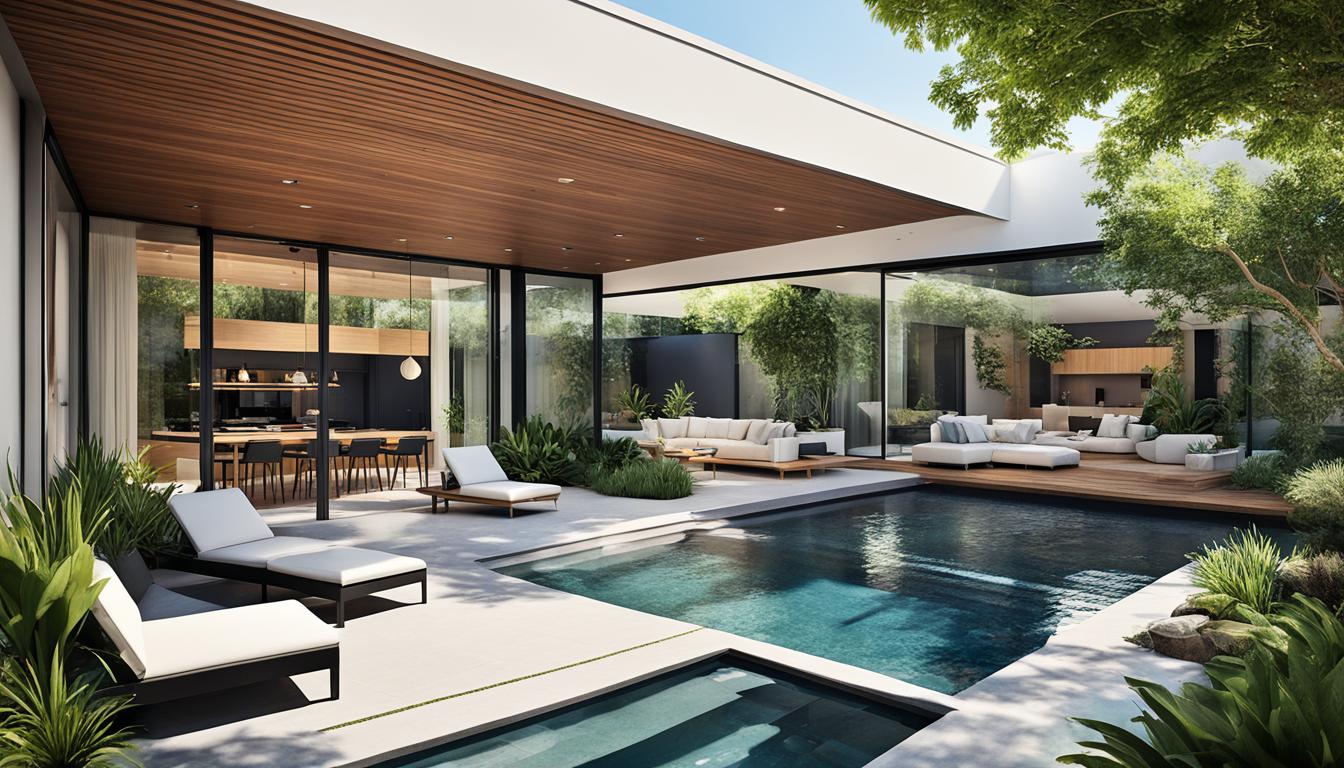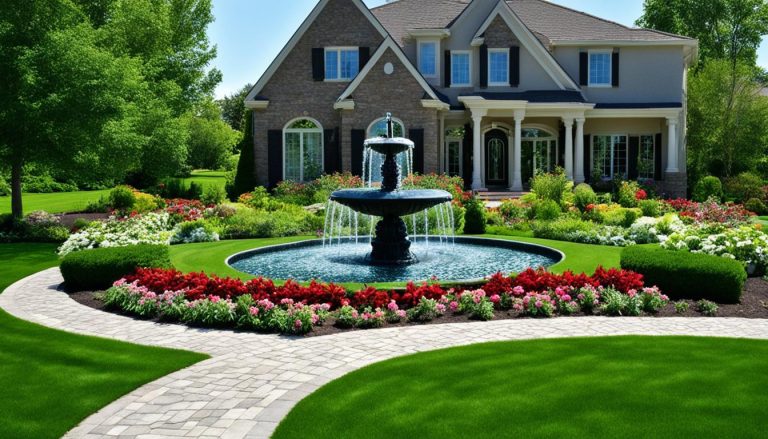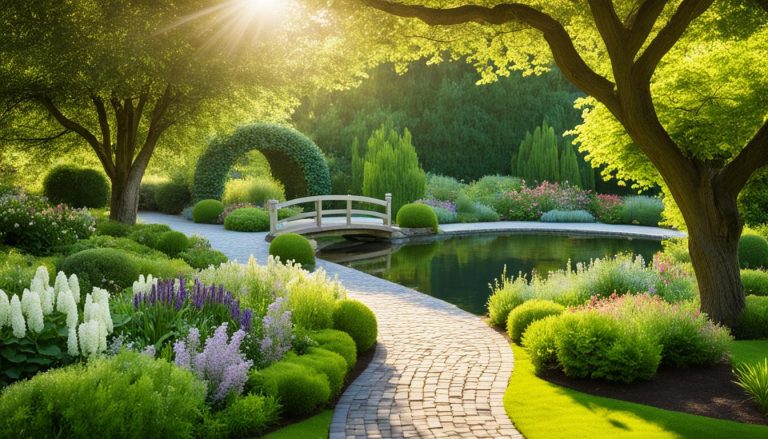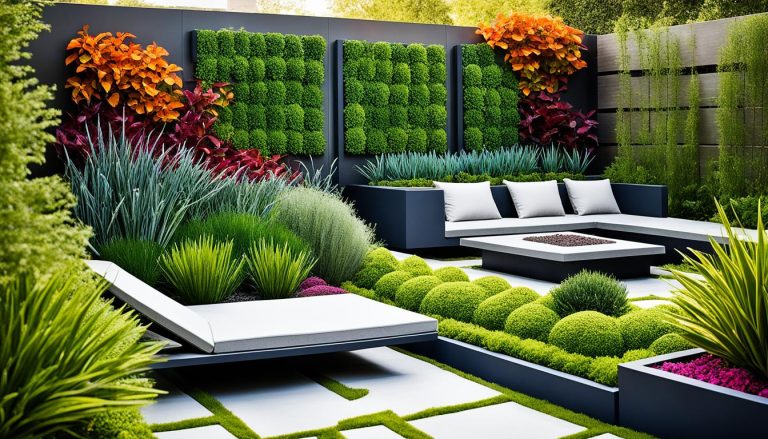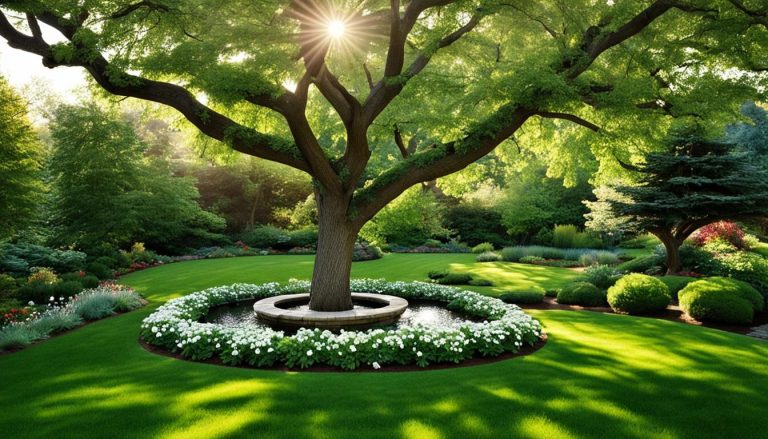Outdoor Harmony: Integrating Landscaping and Architecture
Welcome to the world of outdoor harmony, where the art of integrating landscaping with architecture transforms ordinary spaces into breathtaking and seamless outdoor living areas. Picture yourself surrounded by lush greenery, the soothing sound of water features, and the perfect balance of natural elements that blend seamlessly with architectural designs.
In this section, we will explore the concept of integrating landscaping with architecture to create outdoor living spaces that embody tranquility and functionality. We will delve into the practical aspects of harmonizing landscaping elements with architectural designs, offering you insights on how to elevate your outdoor spaces into tranquil retreats.
To create these seamless outdoor living spaces, architects and landscapers work together to ensure that every element complements one another, resulting in a cohesive and aesthetically pleasing environment. From the selection of plantings and hardscapes to the placement of outdoor furniture, every detail is carefully considered to achieve outdoor harmony. Through this fusion of architecture and landscaping, a magical synergy is created, giving birth to spaces that connect nature with modern designs.
So, whether you have a sprawling backyard or a cozy rooftop terrace, integrating landscaping with architecture can transform your outdoor spaces into an oasis of serenity. Get ready to discover the art of blending beauty with functionality as we explore the benefits, design considerations, and practical tips for creating seamless outdoor living spaces.
How to Integrate Landscaping with Architecture
Integrating landscaping with architecture is the key to creating stunning outdoor spaces that seamlessly blend with their surroundings. In this section, we will explore the practical aspects of integrating landscaping and architecture to achieve a cohesive and aesthetically pleasing design.
Designing Outdoor Spaces in Harmony
When designing outdoor living spaces, it is crucial to consider how the architecture and landscaping elements can harmoniously come together. By seamlessly connecting these two elements, you can create a visually pleasing and functional space that complements the natural environment.
Start by analyzing the architectural design of your property and identifying its key features. This will help you determine the appropriate landscaping elements to incorporate. For example, if you have a modern architectural style, you may want to complement it with clean lines, minimalistic plantings, and geometric shapes.
On the other hand, if you have a more rustic or traditional architectural style, you may opt for natural materials, such as stone or wood, and lush plantings that add warmth and charm to the overall design.
Choosing the Right Landscaping Elements
When selecting landscaping elements to integrate with architecture, consider the following:
- Plantings: Choose plants that not only enhance the visual appeal but also complement the architectural style. For instance, ornamental grasses may be suitable for contemporary designs, while flowering shrubs may be perfect for more traditional styles.
- Materials: Use materials that align with the architectural design and create a cohesive look. This could include incorporating similar textures or colors in both the architecture and landscaping. For example, if you have a stone facade, consider using stone pavers in the outdoor space.
- Water Features: Incorporating water features, such as fountains or ponds, can add a sense of serenity and tranquility to the outdoor space. These elements can be seamlessly integrated into the overall design, enhancing the visual appeal.
- Outdoor Structures: From pergolas to walkways, outdoor structures can provide functionality and architectural interest. When selecting these elements, ensure that they complement the overall design aesthetic and serve as focal points within the space.
Remember, the key to successful integration of landscaping and architecture lies in creating a cohesive and visually appealing outdoor living experience. By carefully selecting and incorporating the right landscaping elements, you can transform your outdoor space into a sanctuary that seamlessly blends with its surroundings.
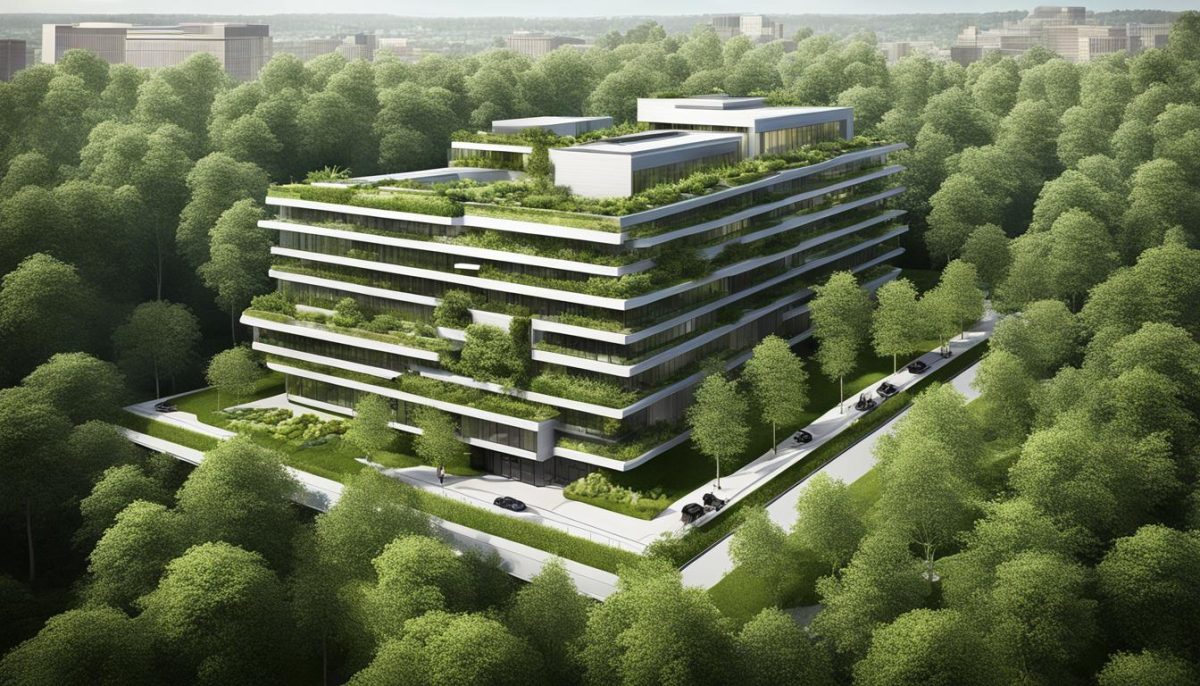
Key Takeaways
- Integrating landscaping with architecture is essential for creating visually appealing and functional outdoor spaces.
- Analyze the architectural style of your property and select landscaping elements that complement it.
- Consider plantings, materials, water features, and outdoor structures when designing the outdoor space.
- Creating a cohesive design will result in a harmonious and aesthetically pleasing outdoor living experience.
Benefits of Integrating Landscaping and Architecture
Integrating landscaping and architecture in outdoor living spaces offers a multitude of benefits that go beyond aesthetics. When these two elements harmoniously come together, the functionality, visual appeal, and overall enjoyment of your outdoor space are significantly enhanced.
One of the key advantages of integrating landscaping and architecture is improved sustainability. By carefully selecting and incorporating native plants, green roofs, or rainwater harvesting systems, your outdoor space can contribute to environmental conservation. This eco-friendly approach not only reduces the impact on natural resources but also promotes a healthier and greener environment for you and your community.
Another benefit is the increase in property value. When landscaping and architecture seamlessly blend, they create an inviting atmosphere that adds to the overall appeal of your home or commercial property. Well-designed outdoor living spaces, whether it’s a stunning garden or a inviting patio, can attract potential buyers, increase curb appeal, and ultimately raise the value of your property.
Furthermore, integrating landscaping with architecture promotes a sense of harmony and tranquility. By carefully considering the flow and placement of landscaping elements, such as trees, shrubs, or water features, outdoor spaces can become soothing retreats that evoke a sense of peace and relaxation. This harmonious blend of natural and man-made elements creates an oasis where you can unwind and connect with nature.

